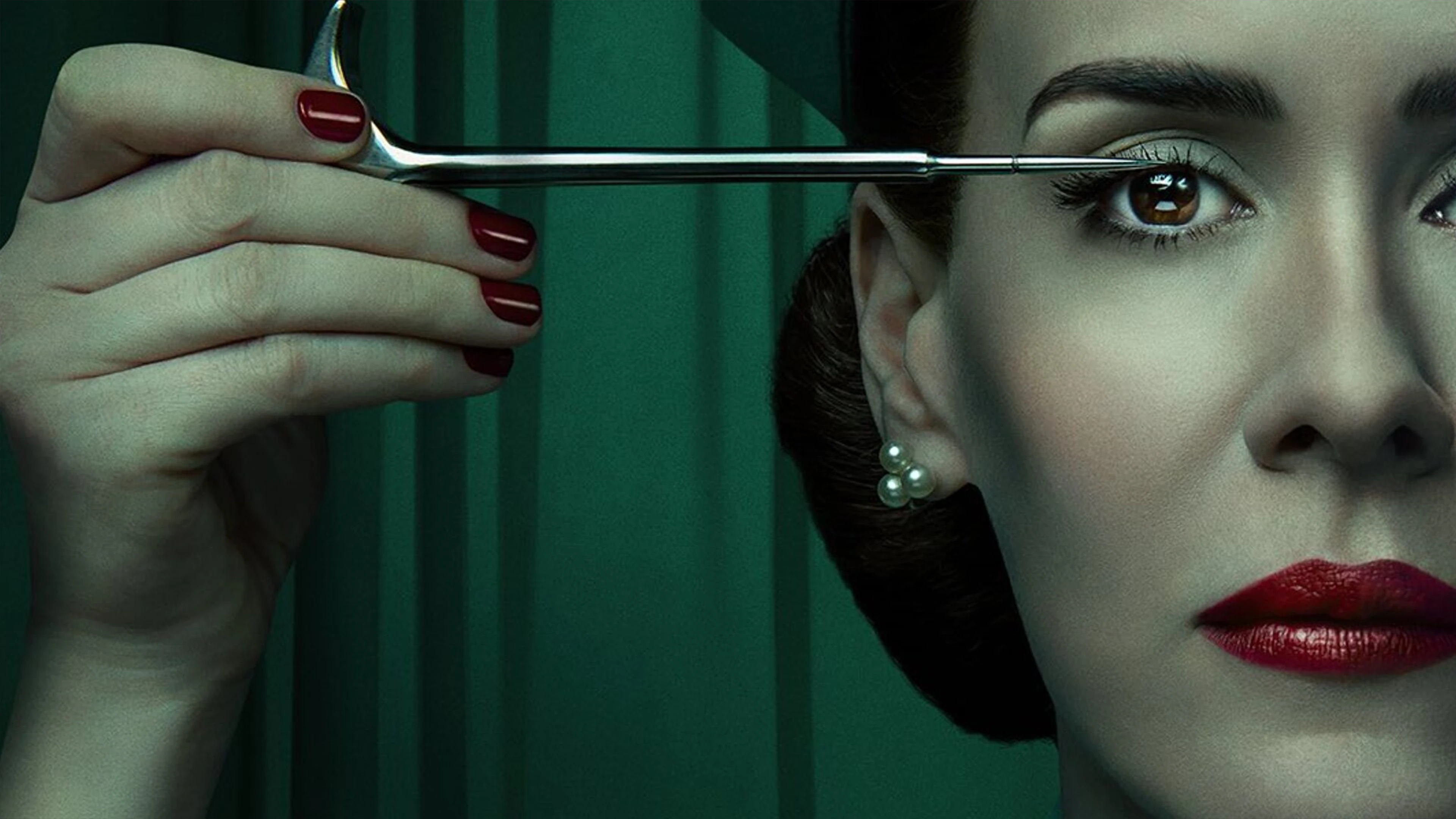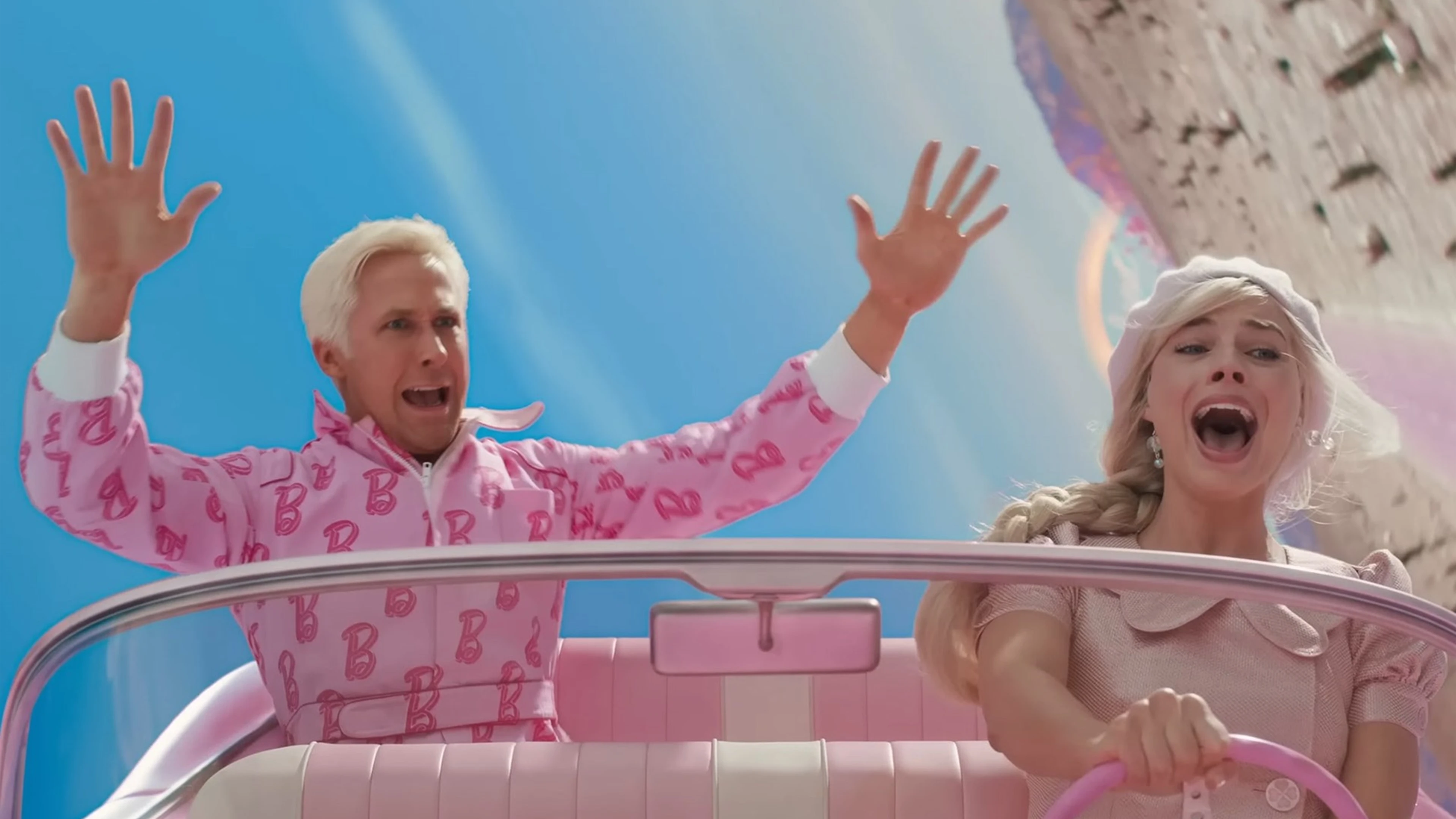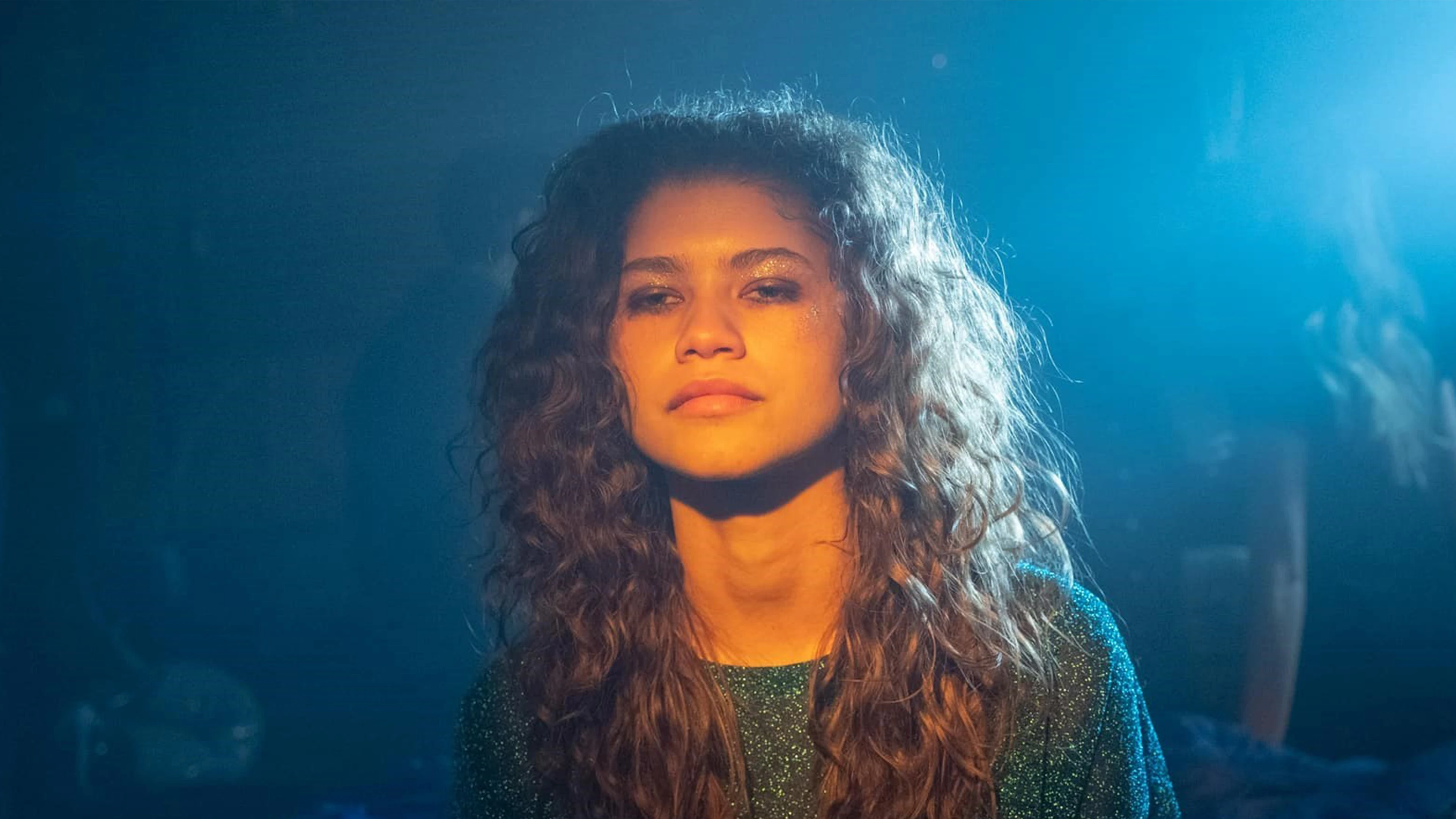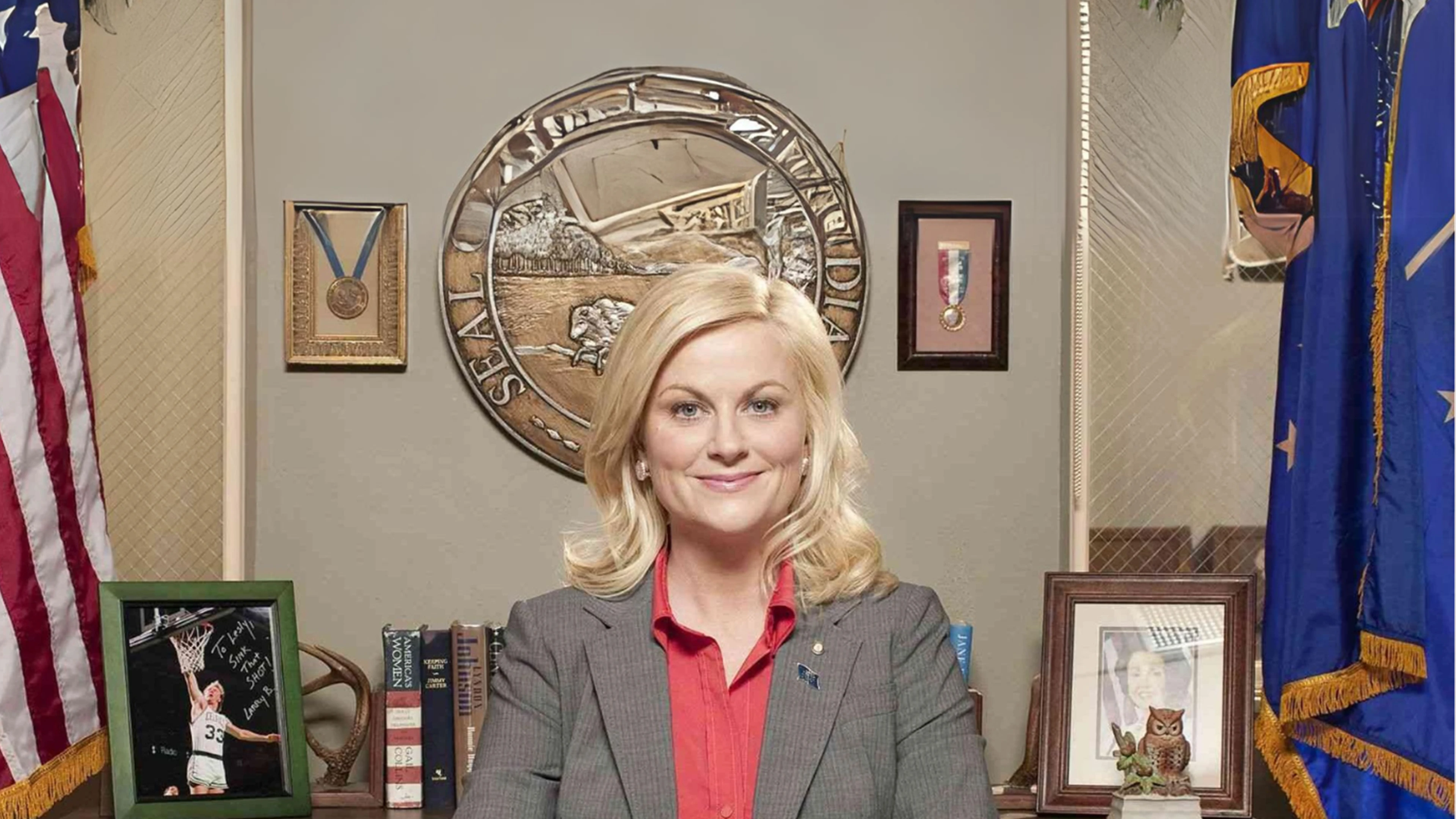20th April, 2024
If you watched American Horror Story, you already know that Sarah Paulson’s sheer talent and immaculate range is beyond astonishing. If you watched Ratched, you’re all the more sure of that.
This show is beautiful visually, engaging in terms of subject and plotline. Ultimately, it fulfils the core purpose of television in a time where it’s needed more than ever: it’s endlessly entertaining.
It was produced by the same mind that pieced together the moody cultural mosaic that is American Horror Story and American Crime Story. Here, Ryan Murphy appoints the magnificent Mildred Ratched to grace our screens in such a way that inspires an incredible level of artistic, intellectual, emotional and political stimulation in the eight episodes we have so far (season two is confirmed!).
In my research, I’ve discovered that the story of Nurse Mildred Ratched is a tribute origin story for a character in the well-renowned 1976 film ‘One Flew Over the Cuckoo’s Nest. According to a Rolling Stone review, the character from the film (and book it was based on), nurse Ratched, was a fairly meaningless character who existed if only to point out the inevitability of conformity at the heavy hand of ‘society’. A few reviews insinuate that the general insignificance of Nurse Ratched’s ‘backstory’ as compared with her symbolic purpose in the film deems the Netflix series pointless.
Respectfully (and with admittedly no experience with the original story), I disagree completely. I don’t care much for the gatekeeping of media produced several decades ago, in a time where the depth of individual character (especially in the case of female characters) was sacrificed religiously for the sake of communicating some overall theme of political unrest. That generalised theme of political unrest is something that we can find, if we so choose, in those pieces of media… and secondly, it’s a concept that most of our generation is more than familiar with.
There is something to be said for new media, regardless of its lack of existential dread, in that TV shows for the sake of entertainment or distraction from the honest to god dystopia we live in 2021, are valid, helpful and meaningful in their own right. Yes, even if they don’t spend hours pointing out some deep, devastating truth about the nature of human existence.
Furthermore, if we are going to base the quality of the show on its service to the original story, it’s worth mentioning that the original character that Ken Kesey wrote was based on someone he met in real life. Ratched was a nurse Kesey met while working the night shift in a psychiatric facility in Oregon sometime before 1962, when the book was published.
The author later admitted that he greatly exaggerated the cruelty of this woman in favour of the plot. The villainization of nurse Ratched, as I take it, became the central trait of her character in the book and film. If for no other reason, Murphy’s retelling liberates the character after decades of the misogynistic narrative that undoubtedly results from monotoned representations of feminine personality. And in my opinion, it does so without sacrificing the overall commentary on the oh-so-crippling dysfunction of society
Now, I’ve been sidetracked out of what was intended to be a lighthearted recall of a show I enjoyed because, in my research, I found there to be a massive gap in the way the show isn’t being talked about by critics as an exquisite product of its time, in favour of its antiquated origins. So, to lighten the mood before I leave the discussion, I’d like to comment on a few things I really enjoyed about the show.
Firstly, I immediately loved the use of colour. The overall palate was something I found extremely pleasant visually and effective artistically. I questioned the seemingly random flares of hue (there’s a part I remember the screen turning green, and it didn’t quite register as effective). Still, I also found that motif interesting, dramatic and iconising.
Secondly, the other characters. Stepping away from Mildred, the show depicts several well-developed and interesting characters, such as the blonde monkey-mother with whom Mildred shares a common enemy. It’s not often that I watch a show with several sub-storylines and find myself equally invested in all of them.
Thirdly and finally, I adored the final scenes of Mildred and her beloved living in Mexico, just visually; I think they were beyond stunning.






